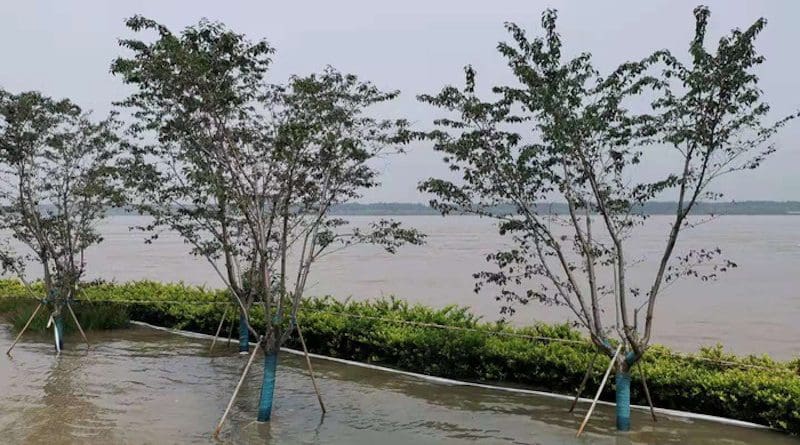Predicting Climate Anomalies: A Real Challenge
Climate change and meteorological disasters have become grave challenges to human beings. Because of global warming and the increasing extreme weather and climate events it has caused, meteorological disasters have led to worsening socioeconomic damage throughout the world in recent decades. The United Nations reported that, between 1998 and 2017, disaster-hit countries experienced direct economic losses of US$ 2908 billion, of which climate-related disasters caused 77% of the total. The economic losses from extreme weather and climate events rose by 151% in comparison to 1978–1997.
Effective climate prediction is critical to reducing the damage from weather and climate disasters. However, although the World Climate Research Programme has been established for 40 years and has made great efforts to improve the prediction of climate, there are still many challenging problems, both in the theory and approaches of climate prediction, which are related to the climatic variability at multiple time scales (e.g., intraseasonal, seasonal, interannual, and interdecadal time scales) and the interactions among the atmosphere, ocean, land and cryosphere. Due to these problems, the accuracy of climate predictions cannot presently meet the needs of the community.
To understand the predictability of climate and to improve the prediction of climate anomalies, the Center for Climate System Prediction Research (CCSP) was co-established in 2020 by Nanjing University of Information Science and Technology and Sun Yat-Sen University, with funding provided by the National Natural Science Foundation of China. An introduction of CCSP’s research framework has recently been published in Atmospheric and Oceanic Science Letters.
“CCSP focuses mainly on three scientific problems related to climate prediction: El Niño–Southern Oscillation (ENSO), extended-range weather forecasting, and interannual-to-decadal climate prediction,” explains Prof. Huijun Wang, the PI of CCSP. Prof. Wang is also the director of the CAS Climate Change Research Center (CCRC).
Within these topics, the center aims to tackle various scientific frontiers, including the dynamical theory of the monsoon system, ultra-high-resolution land-surface process modeling, tropical air–sea interaction, intraseasonal oscillation, and interannual-to-decadal climate predictability. Breakthroughs in these areas may improve the level and accuracy of climate prediction, and hence provide important technological support in terms of disaster prevention and mitigation, development of ecological civilization, and adaptation to climate change.

